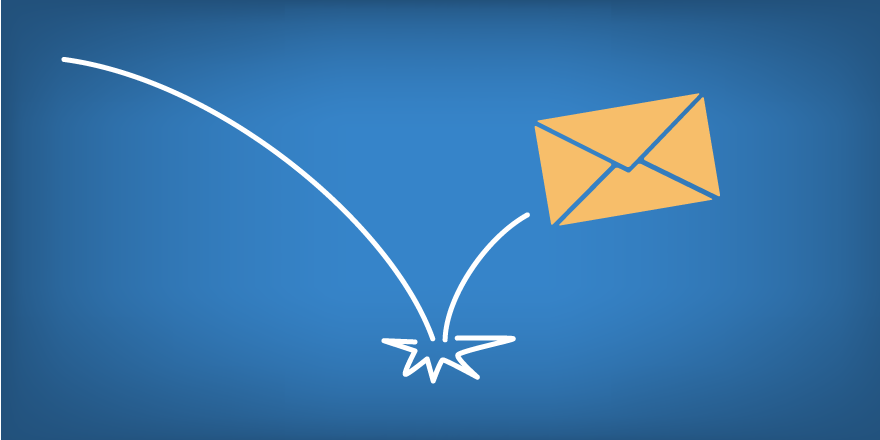In the digital marketing arena, your email campaign is like a virtual handshake with potential clients. When that handshake goes unreciprocated, it's often due to a high email bounce rate—a metric that can make or break your campaign's effectiveness. Here's your comprehensive guide to understanding and mastering email bounce rates, ensuring your message not only reaches your audience but also resonates with them.
What is an Email Bounce Rate?
Simply put, an email bounce rate is the percentage of your sent messages that fail to land in the recipient's inbox. These bounces can be either soft, typically temporary issues like a full inbox, or hard, which result from more permanent problems like invalid email addresses. A high bounce rate can tarnish your sender's reputation and reduce the overall efficacy of your campaigns.
The Impact of a High Bounce Rate
A soaring bounce rate can lead to diminished campaign performance. Email service providers (ESPs) monitor bounce rates to determine a sender's reputation. If you're frequently hitting the bounce threshold, ESPs might flag your emails as spam or block them altogether. This can reduce your reach and engagement, impacting conversions and, ultimately, your bottom line.
Strategies to Minimize Email Bounce Rates
Here's how to tackle bounce rates head-on and steer your campaigns towards success:
Regular List Hygiene: Periodically clean your email list to remove invalid or inactive addresses. Employing email verification tools can automate this process, ensuring your list is up-to-date and bounce-resistant.
Double Opt-In Confirmation: When subscribers sign up, a double opt-in process confirms their intent to receive your emails, which can significantly reduce the likelihood of bounces.
Segment Your Lists: By segmenting your audience, you deliver more targeted, relevant content. Tailored messages are less likely to bounce as they resonate more with the recipients' interests and needs.
Personalize and Test Your Emails: Personalization goes beyond using a recipient's name. It's about crafting content that speaks directly to their preferences. Also, conducting A/B testing on small segments can forecast how the larger audience might react, allowing you to adjust for better performance.
Monitor Your Metrics: Keep a close eye on bounce rates using your ESP's analytics tools. Any sudden spikes in bounces can be an early warning sign of issues with your list or content.
Authenticate Your Emails: Use Sender Policy Framework (SPF) and DomainKeys Identified Mail (DKIM) records to authenticate your emails. This tells receiving servers that your emails are legitimate and reduces the chance of them being bounced.
Avoid Spam Traps: Spam traps look like real email addresses but are used to catch spammers. Regular list maintenance and not purchasing email lists can help you avoid these traps.
Crafting Emails That Land
Creating compelling content is as important as ensuring email delivery. Here are some tips:
Write Engaging Subject Lines: This is your first impression. Make it count with subject lines that intrigue and invite readers to open.
Deliver Value: Whether it's educational content, an exclusive offer, or engaging storytelling, your email should offer value that keeps the subscriber wanting more.
Responsive Design: With more people accessing email on mobile devices, ensure your emails look great and function well on all screens.
The Takeaway
Mastering your email bounce rate doesn't just involve technical fixes; it's about fostering genuine connections through thoughtful, strategic communication. By implementing the strategies outlined above, you're not just reducing bounces—you're enhancing the overall health and responsiveness of your email campaigns.
Keep this guide handy as you plan your next email campaign, and watch as you turn those bounces into breakthroughs. Your digital handshake is about to get a whole lot firmer.



